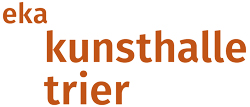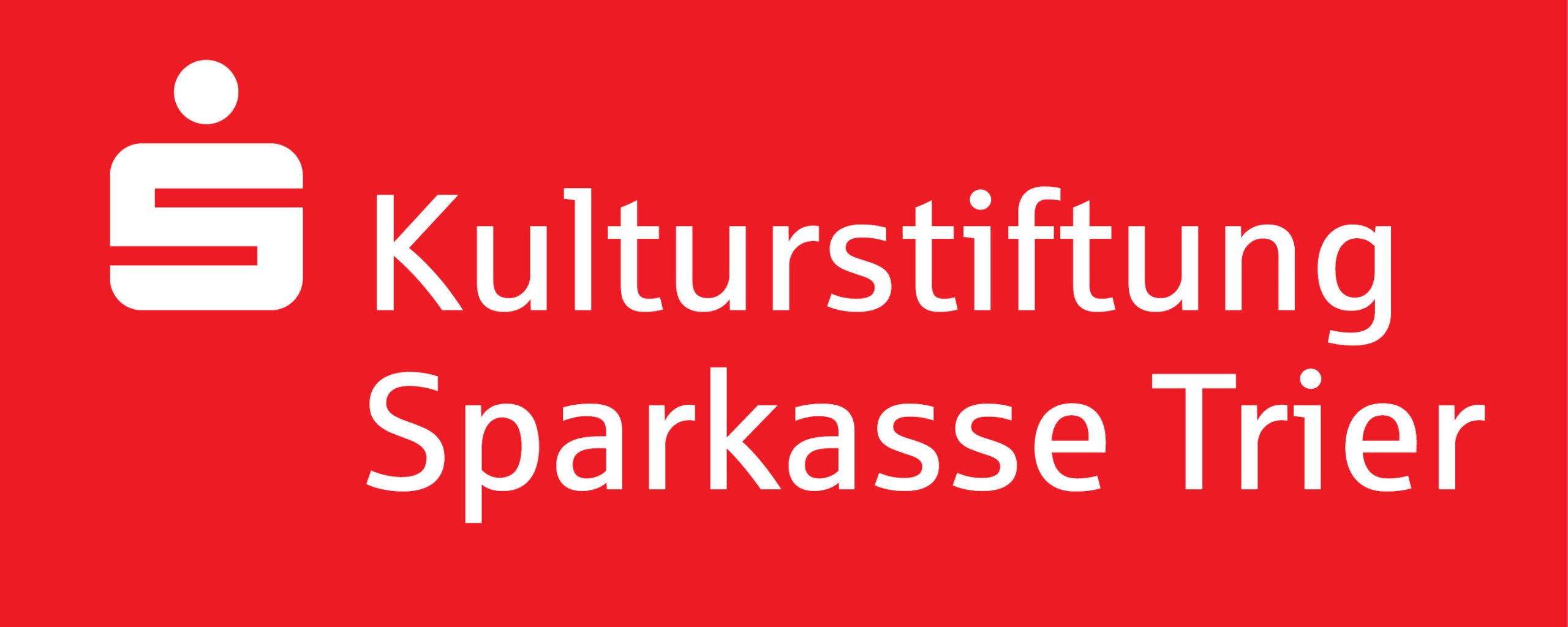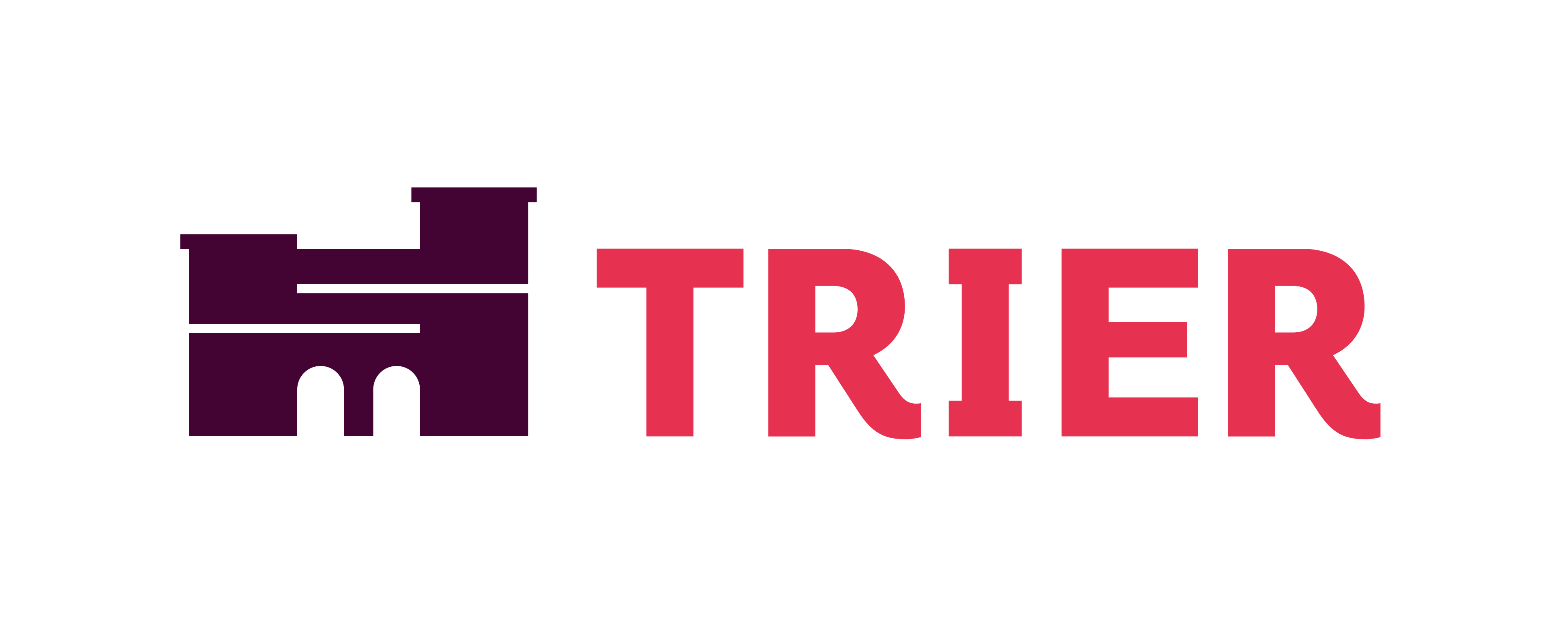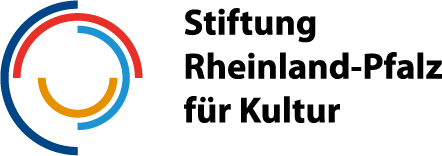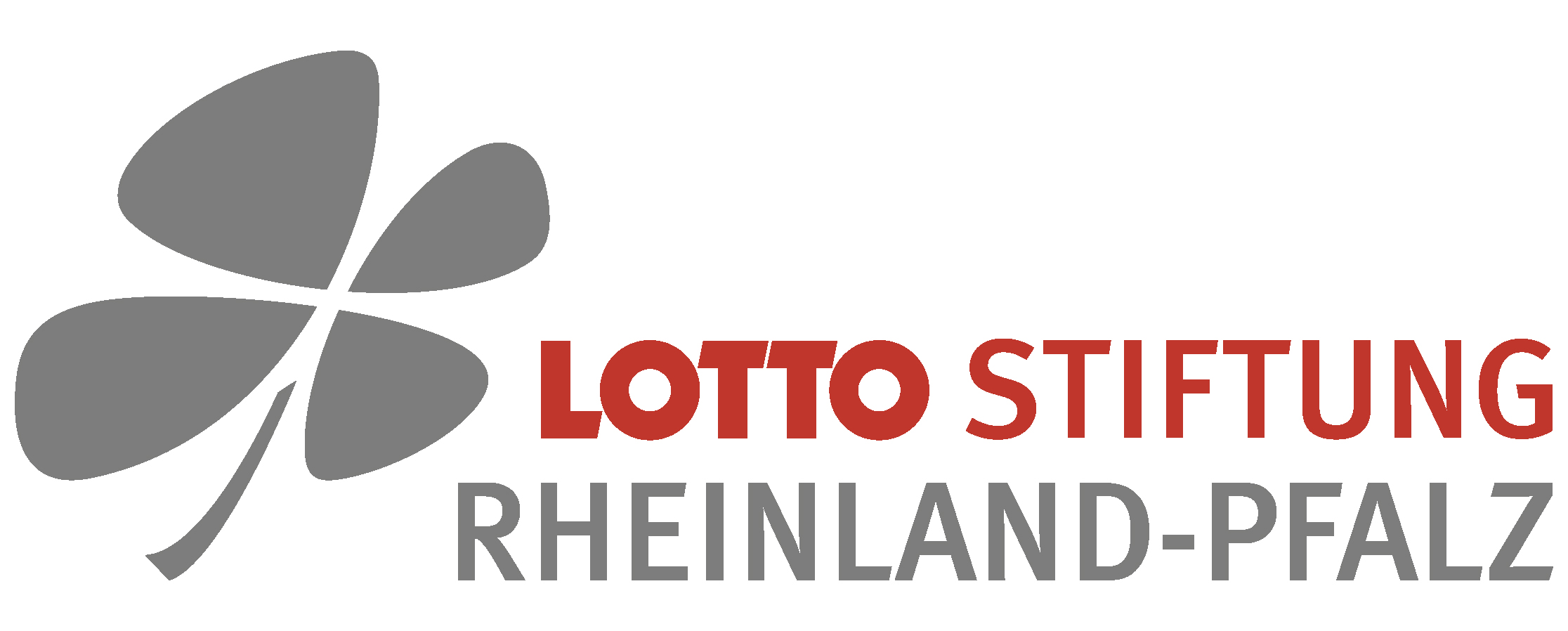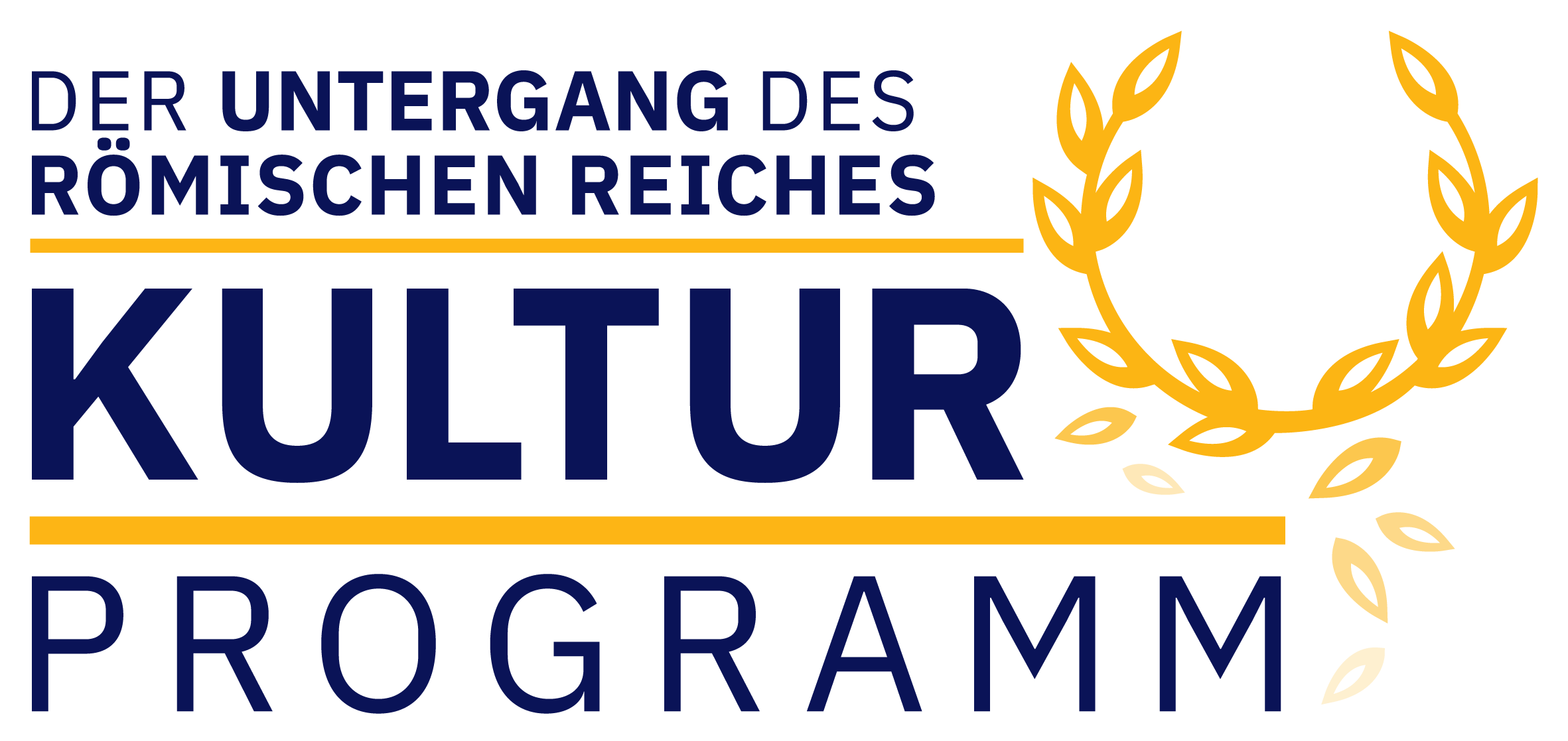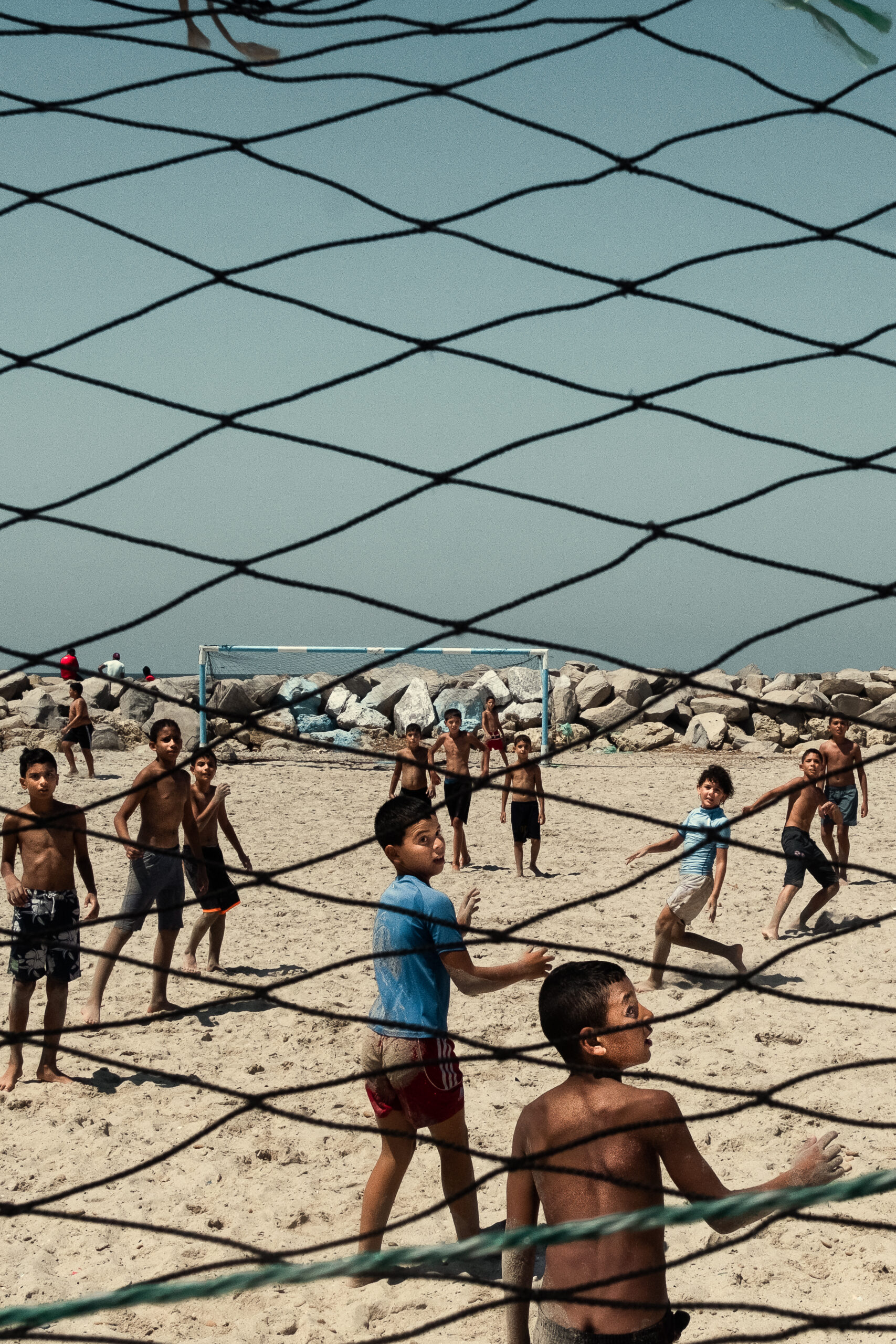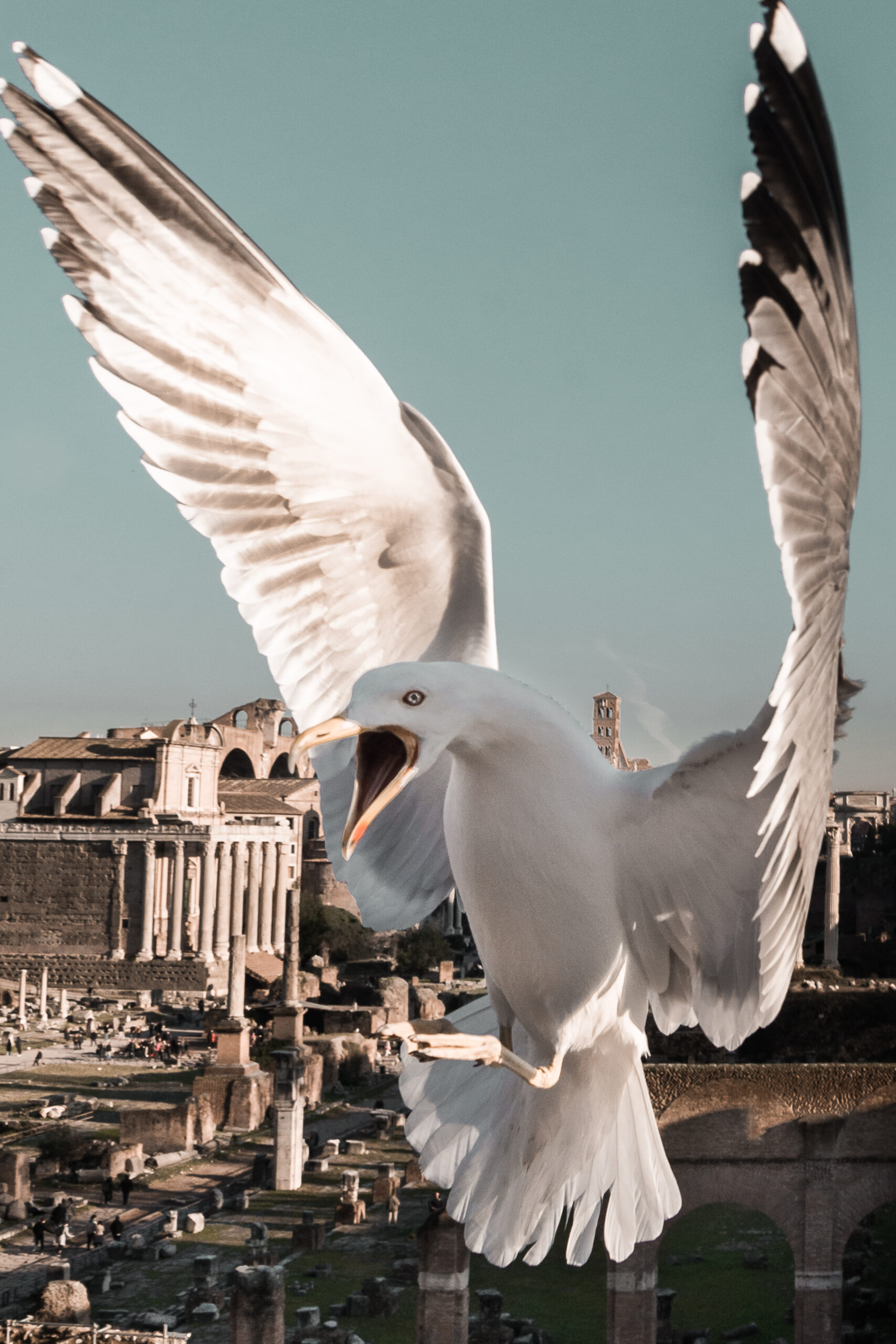The Kunsthalle Trier showcases an international exhibition in association with the National Exhibition Rhineland-Palatinate 2022 which thematises “The Downfall of the Roman Empire”.
The focal point of our exhibition is, however, not the historical development of antiquity that led to the collapse of the political systems from the Middle East to Northern Africa, and vast parts of Europe, but rather on modern contemporary visions of downfalls. We are highlighting the socio-political, economic, and technological transformations which allow a positive take on these seemingly desolate views. The artistic interventions create a kaleidoscopic visual afterlife of the expansion and the downfall of Rome.
The participating artists originate from a variety of regions of the fallen Roman Empire – from today’s Libya, Jordan, Syria, Algeria, Palestine, and Tunisia, as well as from Italy, France, and Germany. Thirteen contemporary artistic positions interpret this topic in a varied manner, creating a multifaceted encounter through video art, photography, sculpture, ceramics, mixed media installations, and painting.
The pieces highlight those aspects of globalisation and modern warcraft, their conflicts, and resulting devastation that usually stay hidden. As such, the Palestinian artist Taysir Batniji documents the collapse of digital communication in his photo installation. “What if” is a visualisation of an imagined scenario by the Syrian-born artist Manaf Halbouni: what if two Eastern powers had provided the world with weapons and technological accomplishments and not Western Europe? The Tunisian artist Skander Khlif confronts the visitor with impressive photographs of his home palliated by the melancholic gaze of nostalgia. The Lebanese artist-duo Joana Hadjithomas and Khalil Joreige display the linearity of history in an almost geo-archeological fashion in four Leporellos, which combine photography, drawing, and text. The meticulous works on paper by the Syrian artist Ali Kaaf fuse the idea of loss – through precisely positioned cuts – and genesis – through the formation of new pictorial realities. The large-scale oil paintings by the German artist Benjamin Burkard play with the aesthetic contradiction between the harshness of violence and the shine of the precious materials, the brutality of war and the visual arts. Inspired by the Spanish drama “Bodas de Sangre” (Blood Wedding, 1932), the Jordan-born artist Jehan Abuaffar reflects upon outdated and grueling traditions through a series of drawings and ceramic sculptures. In her spatial installation, the German artist Dorothee Albrecht compiles ruins from different times, cultures and locations: images of the extensive destruction of Trier during the Second World War or the ruins in Syria today are adjacent to the destructive consequences of lignite mining, nuclear accidents or natural disasters. The surreal juxtaposition of advertisements of glamorous building projects and the bleak landscapes in which they are displayed is the subject in the photographs of the Lebanese artist Randa Mirza. The exhibition thus questions to what extent the modern world of capitalism and concrete a symptom of globalisation. The performative-sculptural work “Schwer auf der Schulter – Leicht im Herz” [Heavy on the should, light at heart] by the Syrian artist Alaa Aldin Nabhan confronts the visitors with the apparent contradiction of the aftermath of destruction and the hope of change.. The Italian artist, Francesa Cataldi, is a representative of the Arte Povera movement. Her works turn around material fragility and decomposition. In the paintings of the German artist Margit Eberhard-Wabnitz, the topic of the fall of Rome is made tangible in the expressive colouration and intensive brushwork which reflect the drama of Rome in an abstracted way.
The glass performance by the Syrian artist Fadi Al-Hamwi is a highlight of the exhibition and remains as a large-scale glass installation tangible, yet lyrical, evidence of destruction and violence.
The exhibition is embedded in a multifaceted supporting program. A bi-lingual catalogue is published as an enduring addition to this temporary exhibition.
We are looking forward to your visit!
Sponsors
In association with the Cultural Program of the National Exhibition The Downfall of the Roman Empire.
The Participating Artists
Jehan Abuaffar
Dorothee Albrecht
Fadi Al-Hamwi
Taysir Batniji
Benjamin Burkard
Francesca Cataldi
Margit Eberhard-Wabnitz
Joana Hadjithomas & Khalil Joreige
Ali Kaaf
Skander Khlif
Manaf Halbouni
Randa Mirza
Alaa Aldin Nabhan
Please note that guided tours in English can be organised for groups upon request. For more information please contact: info@eka-trier.de
